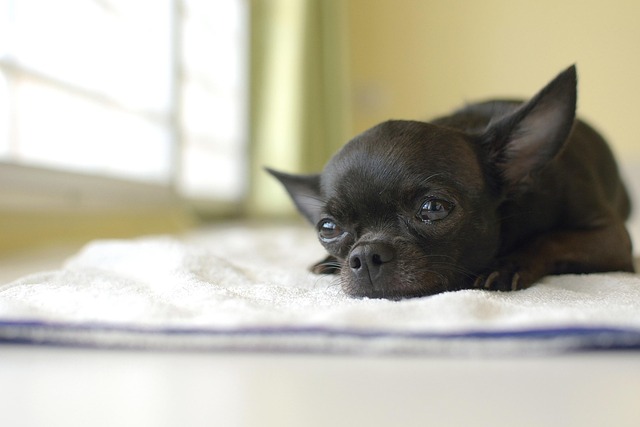
How do i train my dog to be obedient?
Watching your dog dart across the park ignoring your calls isn’t just frustrating—it can put them at risk near busy streets or public spaces.
It’s a scenario every reactive dog owner knows too well: you’re enjoying a peaceful walk through your local Portland neighborhood when suddenly your otherwise sweet dog spots another canine across the street and transforms—barking, lunging, and pulling at the leash. This behavior, often misunderstood as pure aggression, is typically a stress response rooted in fear, frustration, or a lack of social skills. The old-fashioned belief that you should correct this with a sharp leash jerk or a loud "no!" has been largely debunked by modern veterinary behaviorists. These reactions often amplify a dog's anxiety, teaching them that the sight of another dog predicts punishment, thereby worsening the problem. The solution lies not in suppression, but in patiently changing your dog's underlying emotional response through scientifically-supported, force-free methods.
The most effective strategy is a combination of desensitization and counter-conditioning. This sounds technical, but the concept is straightforward: you want to change your dog’s association with other dogs from "Oh no, a threat!" to "Oh good, something wonderful happens!" The key is to work at a distance where your dog notices the other dog but remains calm enough to take a treat—this is called staying "under threshold." For one dog, this might be 50 feet away; for another, it might be a full city block. The instant your dog glances at the trigger, you mark the moment with a cheerful "Yes!" and deliver a high-value reward like diced chicken or cheese. The goal is for the dog to learn that the appearance of another dog is a predictor of good things, not a reason to panic. This positive reinforcement-based approach is the ethical standard promoted by major animal welfare organizations across the U.S. and Europe, firmly moving away from punitive tools that can increase fear and aggression.

Transforming this theory into daily practice requires a shift in your walking routine. Your primary tool is management. This means being a proactive scout on walks, constantly scanning the environment for potential triggers so you can create space before your dog reacts. Arm yourself with a sturdy harness (which is safer and offers more control than a flat collar) and a fixed-length 6-foot leash. When you see another dog, calmly create distance by changing direction or using a visual barrier like a parked car. It’s also crucial to ensure your dog is a good community citizen in other ways; this starts with legal compliance. Keeping your dog’s rabies vaccination and local license current is a non-negotiable part of responsible ownership, and always carrying waste bags to clean up immediately is a basic courtesy that helps maintain positive relations with your neighbors.
Living successfully with a reactive dog, especially in an apartment building or a dense suburb, is about smart management and advocacy. This might mean choosing off-peak walking hours or driving to a quieter location for training sessions. It also involves politely advocating for your dog’s space. A simple, friendly statement like, "We're working on our training, could you give us a little room?" is widely understood and accepted. Remember, progress is measured in small victories—a quieter reaction, a quicker recovery, or a glance back at you instead of a fixated stare. This journey requires patience, but by focusing on building positive associations and respecting your dog’s emotional state, you can help them become a more confident and calm companion.

Watching your dog dart across the park ignoring your calls isn’t just frustrating—it can put them at risk near busy streets or public spaces.

New puppy owners often find themselves rushing to clean up accidents before they set in, and that’s where puppy pad training becomes a game-changer.

If you've noticed your dog's waistline disappearing and your veterinarian has mentioned those few extra pounds, your first instinct might be to simply reduce the amount of food in their bowl.

Training a dog to use a designated spot indoors isn’t as daunting as many new owners fear, but it does take consistency and an understanding of your pet’s needs.

That moment of dread on a walk is all too familiar for many new dog owners. You see another dog approaching down the sidewalk of your neighborhood

If the sight of another dog on your neighborhood walk makes your heart sink as your own dog erupts into a frenzy of barking and lunging, you're not alone.